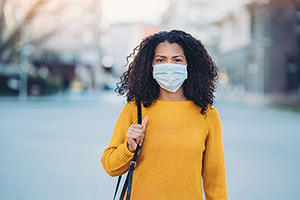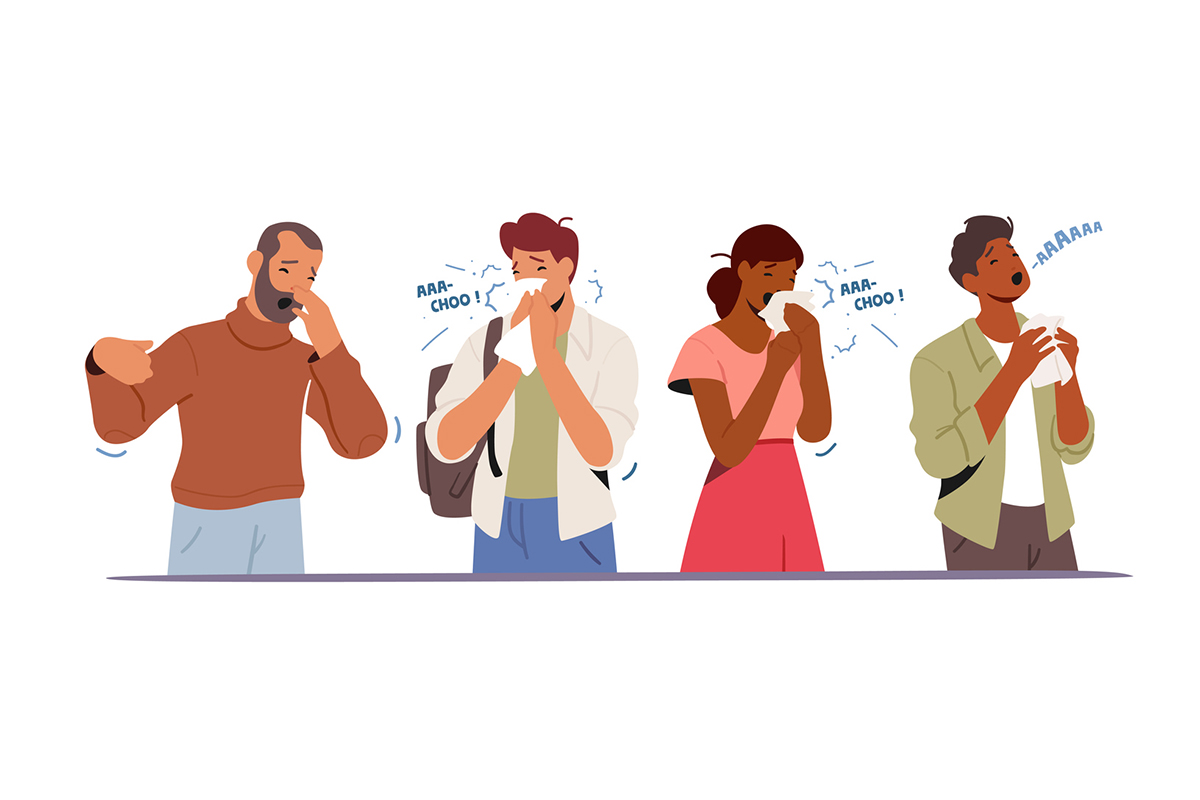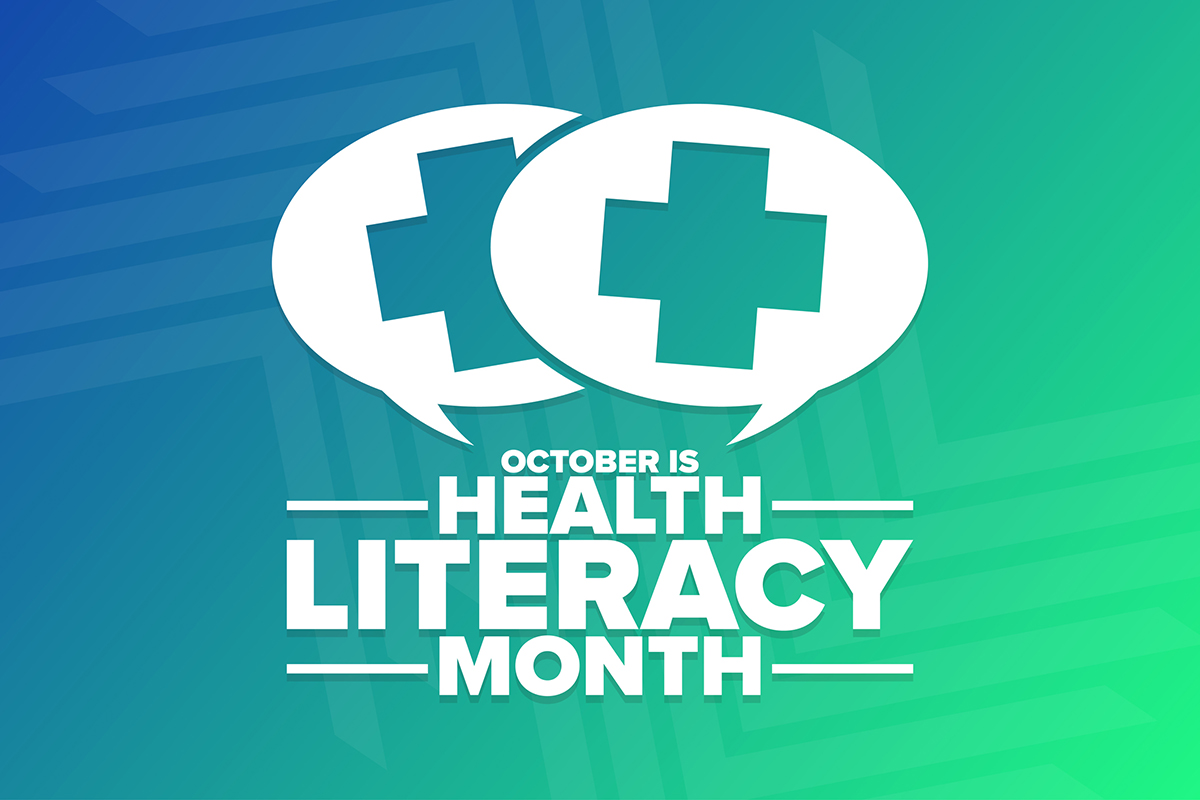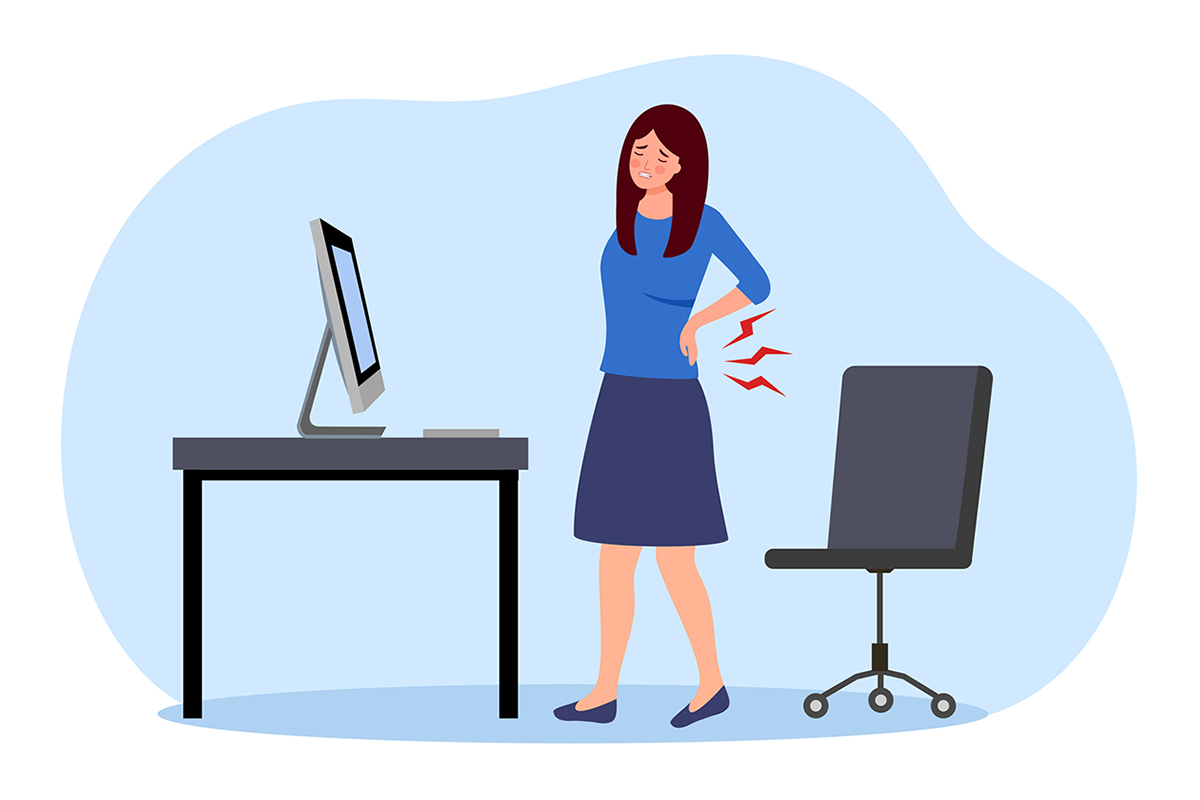“America Is a Coalition of the Worried: Everyone is anxious this summer—not over regular things, but over big and essential things.” That’s the title of an op-ed by Peggy Noonan in last week’s Wall Street Journal.
It really captures the current mood. There’s lots of apprehension as we plunge inexorably toward a fall that’s filled with uncertainty—over our personal safety amid the pandemic (will it abate or will it accelerate as temperatures cool and people go back inside?); over our jobs and careers; over the economy; over the presidential election; over our kids’ education; and even over whether urban dwellers should abandon increasingly drab inner cities and high-tail it for the relative safety of the suburbs.
It’s getting to us. The New York Times reports: “According to the National Center for Health Statistics, roughly one in 12 American adults reported symptoms of an anxiety disorder at this time last year; now it’s more than one in three. Last week, the Kaiser Family Foundation released a tracking poll showing that for the first time, a majority of American adults — 53 percent — believe that the pandemic is taking a toll on their mental health.”
So, if you’re feeling a little stressed, take solace that you’re not in it alone—we’re all experiencing it. And take a moment to pat yourself on the back—we’ve weathered the most devastating pandemic of modern times, political strife, and an economic downturn, and we’ve responded with great resourcefulness and resilience.
I’m cheered sometimes when I talk to my patients, many of whom, even while experiencing daunting health challenges, have soldiered on with extraordinary positivity and ingenuity. Despite the difficulties, people have by and large adapted with great perseverance. It’s a testament to the human spirit.
It helps to put things in perspective by reading history, and learning how mankind responded to wars, depressions and plagues from time immemorial with irrepressible resourcefulness.
When besieged by negative thoughts, and “woe-is-me” thinking, it can be therapeutic to compile a list of things for which you are grateful. Start with the little things—or pan out to marvel at our good fortune to enjoy a brief platform of consciousness during this unique era: a span of 10,000 generations of human evolution has left us to enjoy the fruits of advanced civilization in the 21st Century. Would your life have been any easier in 1236 AD—or 20,000 BC?
If you can make it here, you can make it anywhere . . .
I was pleased to learn of Governor Cuomo’s decision last week to authorize school opening for all districts in New York state. Notwithstanding the fears of some hardened lockdown advocates, I think it would be catastrophic for kids to lose more educational ground, and for adults to experience a continuing burden of childcare preventing the economy from normalizing.
Plus, the Governor has an ulterior motive: Affluent New Yorkers would be fleeing the state in droves to more school-lenient states, thus gutting New York’s tax base. It’s already happening, especially in New York City, and Cuomo needed to stanch the bleeding.
I’m not one of those who blandly states “kids can’t get it.” In fact, the science remains controversial over whether kids acquire and transmit coronavirus as readily as adults. They’re certainly at lower risk of getting very sick or dying, although at-risk children—those with immune disorders or the developmentally-disabled—may require special precautions.
There’s good news from an Australian study which concludes that COVID-19 transmission rates in New South Wales schools and early childcare education and care settings were minimal, particularly between children and from children to adults.
The transmission rate appears to be less than that of the seasonal flu.
So let’s get our kids back to school, with appropriate precautions in place, like PPE for teachers, appropriate scheduling and distancing, and contact tracing and quarantining in the event of outbreaks that could spread to the community.
The controversy over vitamin D’s role in COVID-19
Studies have confirmed that higher blood levels of vitamin D are associated with protection from complications of, and death from, COVID-19. This makes sense, because D has ubiquitous roles in promoting immunity, and controlling runaway inflammation. A new study found that participants who tested positive for COVID-19 were 50% more likely to have low vs. normal plasma vitamin D levels.
But, as we so often point out, correlation is not causation. And the same factors that cause vitamin D to be low—inflammation and obesity—are also key risk factors for coronavirus susceptibility.
While observational studies have been tantalizing, there’s no direct proof that taking vitamin D supplements shields patients from COVID-19 or reduces the severity of illness or death. But that should soon change. A randomized controlled trial is underway, under the auspices of Dr. JoAnn Manson, professor of medicine at Harvard Medical School and Brigham and Women’s Hospital.
You can get vitamin D via sun exposure, but during the pandemic it’s reasonable to supplement with 1000-2000 IU/day of vitamin D3, aiming for a blood level of at least 40 ng/ml. Doses may need to be higher for patients who are obese, or who have genetic predispositions to inefficient vitamin D metabolism.
Test pandemonium . . .
I was getting a haircut the other day, only my 2nd during the lockdown. My hair cutter’s cell phone rang, and she said: “Oh, it’s my doctor, mind if I get this?” I said sure, and watched as her brow furrowed. “Really?” she said, “That’s disappointing. OK, well thanks for letting me know.”
I asked her if something was wrong. “It’s just that I’m required to be tested for COVID-19 every two weeks as a hairdresser. I got the test last week, but the doctor’s office called to tell me the results will take 15 days—they’re backlogged.” I mentally calculated that, in 15 days, she could come into contact with dozens of clients.
In another testing misadventure, Ohio’s Governor Mike DeWine tested positive for coronavirus in advance of a meeting with President Trump. The meeting was canceled, and DeWine went to the Cleveland Clinic for a retest. It was negative.
The reason for the discrepancy was probably because the Governor was initially screened with a rapid antigen test (the kind that’s based on saliva and can be read within minutes). Sounds great, but those tests can be inaccurate, generating false positives.
The more precise nasal swab test is currently severely backlogged as my hairdresser discovered. Unless, of course, you’re a Republican Governor on tap to attend a rally with the President.
It doesn’t give us much confidence that we can test our way out of this pandemic, as kids and school personnel head back to classrooms, and the number of routine mandated tests soars into the millions each week.
So far, the FDA hasn’t allowed anyone to sell COVID-19 tests for at-home use.
As we continue to weather this pandemic together, I’ll continue to provide you the latest news about the virus and commentary on how we’re managing it. I want to take a moment to thank you for considering me a trusted source for your COVID-19 information.







